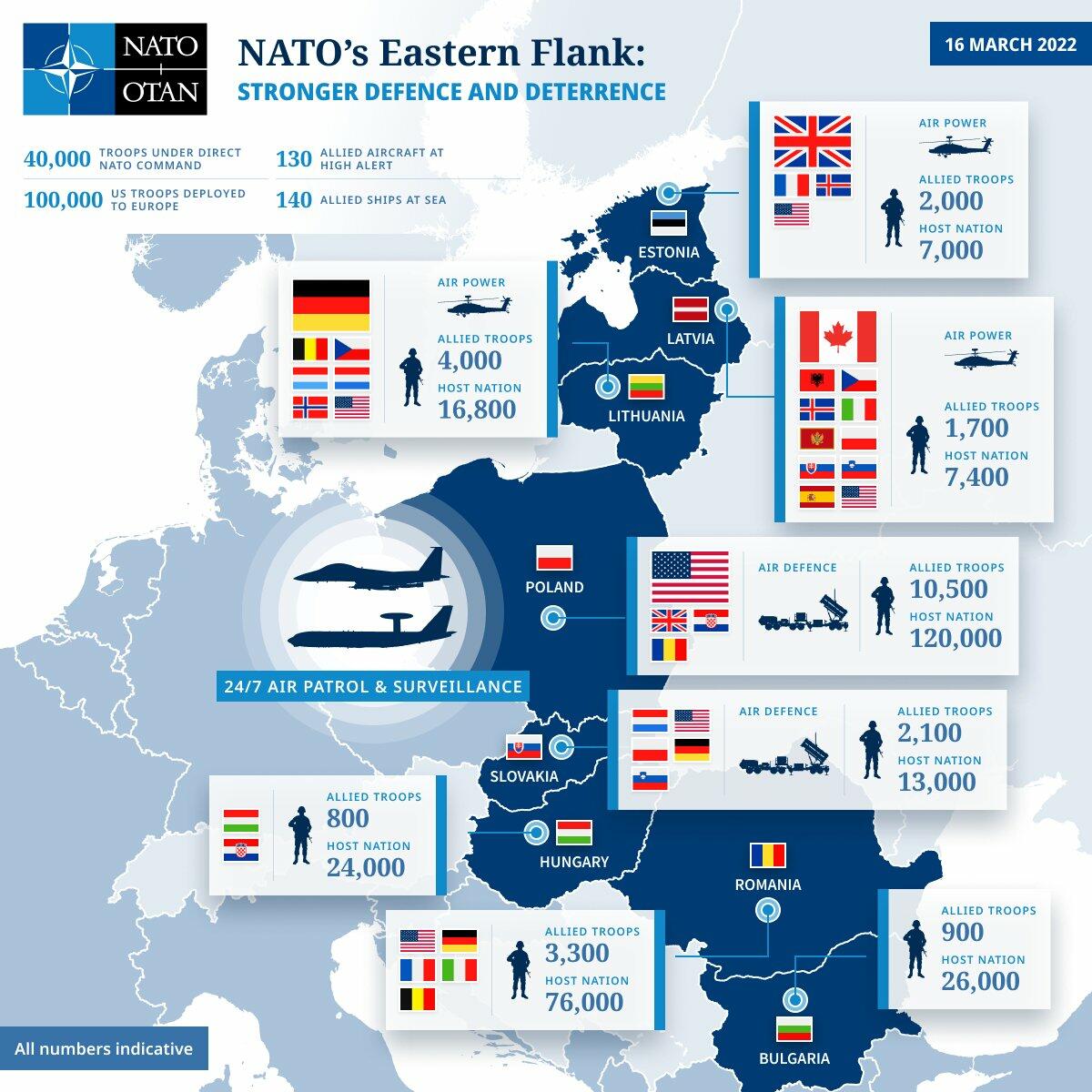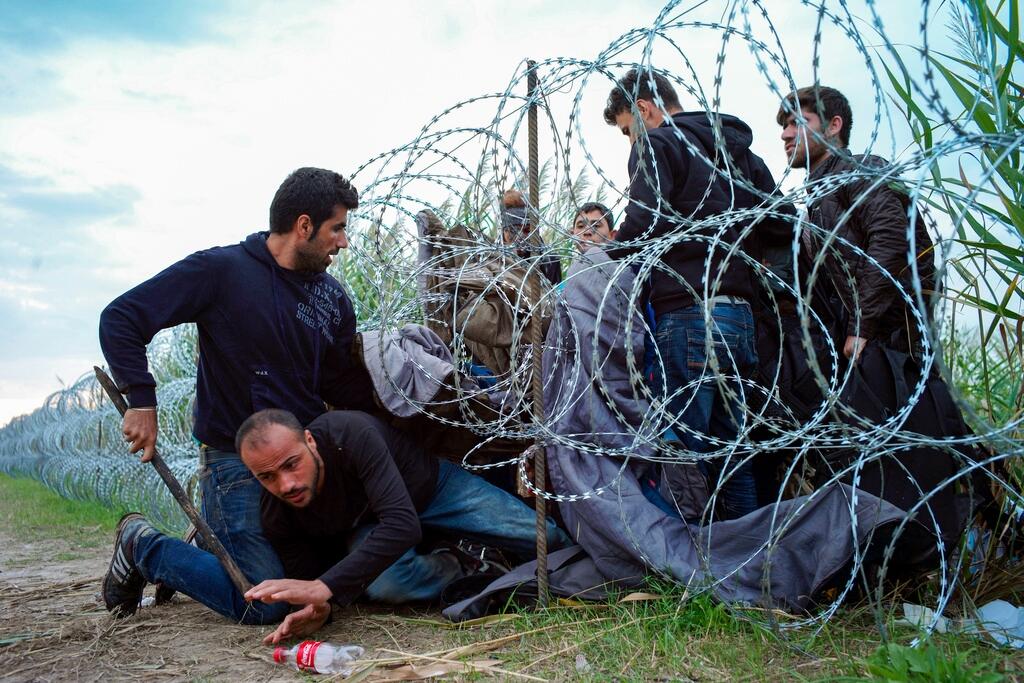A top Kremlin official was quoted in Newsweek this week warning that Russia won’t end the Ukraine war until NATO pulls its troops out of the Baltic and 'eastern flank' states.
Russia's Deputy Foreign Minister Sergei Ryabkov demanded that NATO must withdraw its troops from the Baltic region. Russia has long seen the Baltics as very near, and its sphere of influence, also given its territory of of Kaliningrad.
"The American side requires practical steps aimed at eliminating the root causes of the fundamental contradictions between us in the area of security," he had said, originally in state TASS.
"Among these causes, NATO expansion is in the foreground," he emphasized. "Without resolving this fundamental and most acute problem for us, it is simply impossible to resolve the current conflict in the Euro-Atlantic region."
NATO's 'eastern flank' closer to the start of the Ukraine war - forces have since grown...
"Given the nature and genesis of the Ukrainian crisis, provoked by the previous U.S. authorities and the West as a whole, this conflict naturally acts, well, if you like, as a test, a trial, which checks the seriousness of Washington's intentions to straighten out our relations," he said.
Ryabkov said Moscow's position all along has been that the Western military alliance "not deploy strike weapons near Russian border."
"In any case, reducing NATO's Eastern European contingent would likely boost the security of the whole continent," he concluded.
Such a broader ultimatum was actually issued just before the full-scale invasion, but was not heeded. In fact, countries like Estonia, Latvia, and Lithuania have only grown more hawkish and vocal in their anti-Moscow rhetoric, and have even taken legal action against the Russian Orthodox Church in the Baltics.
A very provocative and sensational alert issued by German intelligence...
🤬 Russia plans to send “little green men” into the Baltic states to test NATO
— NEXTA (@nexta_tv) June 10, 2025
German intelligence chief Bruno Kahl told Reuters that Russian military leaders view NATO’s mutual defense commitments as practically meaningless — and intend to test that assumption soon.
“We are… pic.twitter.com/HJ0EGLFMH6
Newsweek has meanwhile reviewed that "NATO maintains a strong military presence on its eastern flank in Europe, with multinational battle groups and brigades stationed in Bulgaria, Estonia, Hungary, Latvia, Lithuania, Poland, Romania and Slovakia."
* * *
Michael Every of Rabobank has commented the following of this renewed Kremlin demand...
In geopolitics, Russia warned it won’t end the Ukraine war until NATO pulls its troops out of the Baltic states. Whatever asset you look at, take a step back and think about that for a moment.
Is that a bluff – how can you know? Does it mean the EU surrendering those states back to Russian influence – and where afterwards? That’s the end of the EU as we know it, let alone the version that breezily states it wants to expand to Moldova, next to a Russian client state, and Georgia, next to Russia itself.
Or it implies a permanent state of EU-Russia hostility --the latter not with “an economy the size of Italy”, but a war economy with a purchasing power parity of $7 trillion and a world of physical resources-- with profound implications for both sides socio-politically, economically, and financially.

